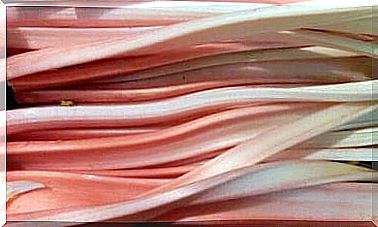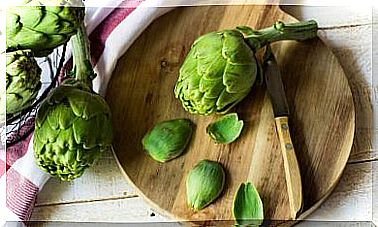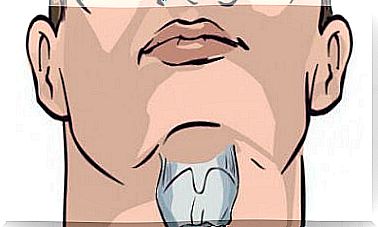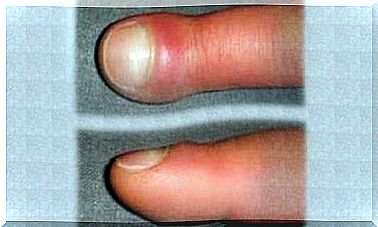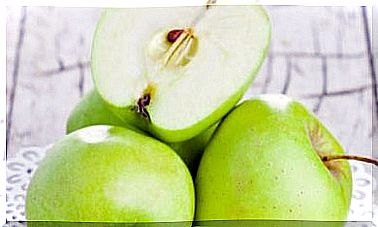Viruses, Mutations And The Spread Of SARS-CoV-2
At the same time as the new coronavirus, the fear that the virus will mutate and change its strategies is also spreading. What do we actually know about viral mutations and what do they mean for us?
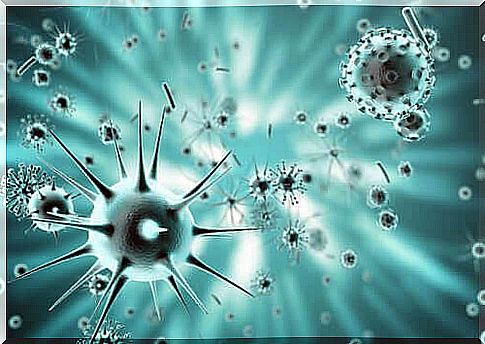
Conversations about viruses, viral load, percentages, herd immunity, infected and secondary infections are now part of everyday life. As a result of the corona pandemic, we have learned new technical terms and also a lot about the behavior of viruses. In today’s article we look at the evolution of viruses and their mutations, a really fascinating process. We are also looking into the question of how quickly the SARS-CoV-2 virus mutates.
The development of a virus
Viruses have very short generation cycles. In order to reproduce, they need host cells into which they can penetrate. Then the viruses let the host cell produce the building blocks they need. The virus particles produced by the host cell are then put together to form new viruses and then search for new host cells.
The genetic plasticity and rapid reproduction lead to very high mutation rates, especially in the case of RNA viruses. In combination with the natural selection process, the mutations enable the viruses to adapt very quickly and efficiently to the protective mechanisms of the host cells.
It is important to know this mechanism in order to better understand the current pandemic. The development of the new coronavirus SARS-CoV-2 also corresponds to this pattern. Find out more about it afterwards.
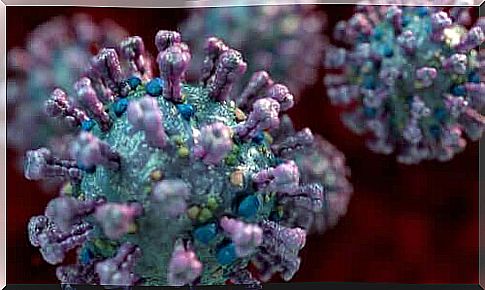
Mutations as a survival strategy
We all know that the flu virus changes every year. The flu viruses Influenza A and Influenza B are equally prevalent in humans. But the first virus develops three times as quickly as the second. Why is that?
A study published in the Journal of Virology gives us the answer. Both the reaction of the own immune system and the mutations at the molecular level play an important role in the adaptation of viruses.
This may seem obvious, but a higher rate of mutation does not directly equate to a higher rate of development of the virus. Many mutations are harmful or unsuitable for the virus. For example, what happens if the mutation causes the virus to kill the host more quickly? Then sustained spread is no longer possible.
So it is a very complex mechanism and natural selection can make very effective changes. If the mutating virus keeps the host alive longer, it can reproduce better and infect more people. This improves the virus’ chances of survival, so it is a strategy for success.
However, we have to take into account that viruses do not mutate in order to be more successful. The changes happen randomly, but the most appropriate forms then spread. If we look at the example of SARS-CoV-2, the question arises as to how many mutations have failed before this strain was able to infect humans.
Types of mutations
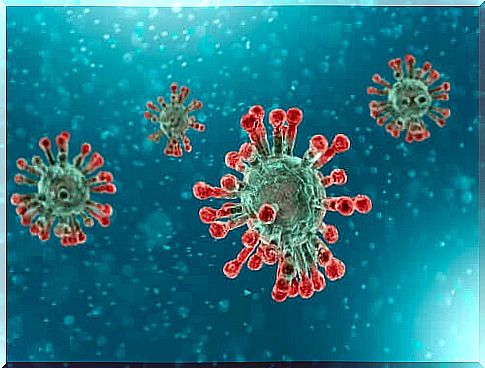
We can generally differentiate two different types of mutations in viruses:
- Antigen shift : Different types of virus exchange genetic information, creating a new virus. This can greatly distract the immune system because it may know the viruses in their original form, but not based on the information exchanged. Therefore, the immune system has to develop new defense mechanisms. An example of this is the flu A.
- Antigen drift: This is a slow change in the surface structures of viruses that the immune system normally recognizes and attacks. A spontaneous mutation makes it difficult for the immune system to use the antibodies from previous infections to defend itself. That is why, for example, the flu vaccination has to be adjusted every year.
Our bodies have to learn to fight diseases. Vaccinations are used successfully for this purpose. If a virus changes, however, the vaccination must also be adapted accordingly so that the organism can learn to protect itself against infection.
Mutations and Coronavirus
How do mutations affect the new coronavirus SARS-CoV-2? Due to the short period of time, it is still very difficult to determine the mutation rate of this pathogen. There is speculation about two different tribes, but the small sample group, inadequate statistics and different opinions make it difficult to clarify.
Experts in the field assure an article published in the journal in Journal of Microbiology was published, that we must prepare the mutation rate during a pandemic not worry.
Many mutations are even negative for the virus itself. Changes that can influence the aggressiveness or mode of transmission only occur when several genes mutate together. It is very rare for a virus to mutate so much that its dynamics change in such a short time.
So it is important to keep calm and focus on preventing the pandemic from spreading further.
